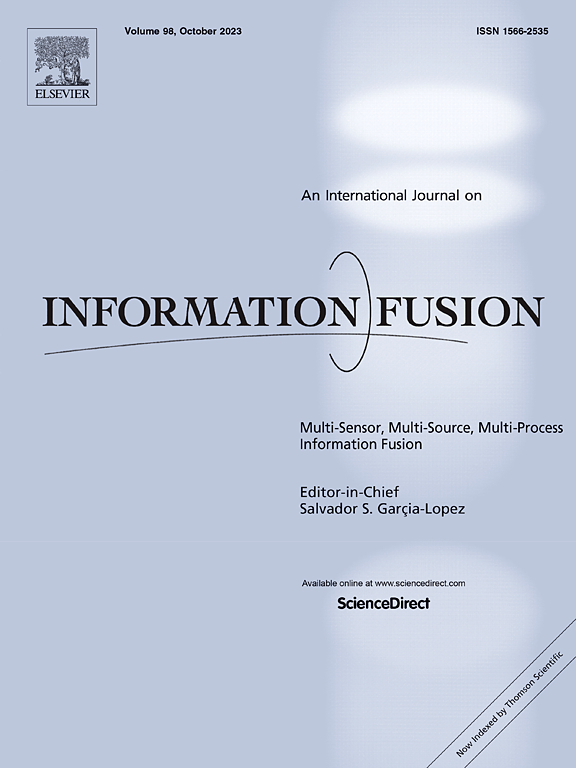DyLas: A dynamic label alignment strategy for large-scale multi-label text classification
IF 14.7
1区 计算机科学
Q1 COMPUTER SCIENCE, ARTIFICIAL INTELLIGENCE
引用次数: 0
Abstract
Large-scale multi-label Text Classification (LMTC) is an advanced facet of NLP that entails assigning multiple labels to text documents from an extensive label space, often comprising thousands to millions of possible categories. This classification task is pivotal across various domains, including e-commerce product tagging, news categorization, medical code assignment, and legal document analysis, where accurate multi-label predictions drive search efficiency, recommendation systems, and regulatory compliance. However, LMTC poses significant challenges, the dynamic nature of label sets, which traditional supervised learning approaches find difficult to address due to their reliance on annotated data. In light of this challenge, this work introduces a novel approach leveraging Large Language Models (LLMs) for dynamic label alignment in LMTC tasks, based on counterfactual analysis, called DyLas (Dynamic Label Alignment Strategy). Through a multi-step strategy, we aim to mitigate the issues arising from dynamic label sets. We evaluate the performance of LMTC on the 8 LLMs by 4 datasets and apply DyLas to 3 closed-source and 3 open-weight LLMs. Compared to the single-step approach, our method, DyLas, achieves improvements in almost all metrics across the datasets. Our method can also work well in dynamic label set environments. This work not only demonstrates the potential of LLMs to address complex classification challenges, but is also, to the best of our knowledge, the first to address dynamic label set challenges in LMTC tasks with LLMs without requiring additional model training.
DyLas:大规模多标签文本分类的动态标签对齐策略
本文章由计算机程序翻译,如有差异,请以英文原文为准。
求助全文
约1分钟内获得全文
求助全文
来源期刊

Information Fusion
工程技术-计算机:理论方法
CiteScore
33.20
自引率
4.30%
发文量
161
审稿时长
7.9 months
期刊介绍:
Information Fusion serves as a central platform for showcasing advancements in multi-sensor, multi-source, multi-process information fusion, fostering collaboration among diverse disciplines driving its progress. It is the leading outlet for sharing research and development in this field, focusing on architectures, algorithms, and applications. Papers dealing with fundamental theoretical analyses as well as those demonstrating their application to real-world problems will be welcome.
 求助内容:
求助内容: 应助结果提醒方式:
应助结果提醒方式:


